Periodontal Disease Treatment – Carrollton, TX
Give Your Gums the Care They Deserve
We all know from a young age how important it is to take care of our teeth, but what about the gums? Many people overlook the soft tissues protecting the roots of their teeth during their regular oral care routine. This can be a serious oversight; if harmful bacteria is allowed to accumulate on the gums, it can lead to an infection also known as gum disease – and that could have grave consequences for your smile in the future. If you’re concerned about your gum health, call us for an appointment with Dr. Suggala today for periodontal disease treatment in Carrollton, TX!
Why Choose Rosemeade Dental for Periodontal Treatment?
- State of the Art Technology
- Advanced Dental Techniques
- Dentist with Years of Experience
Scaling & Root Planing
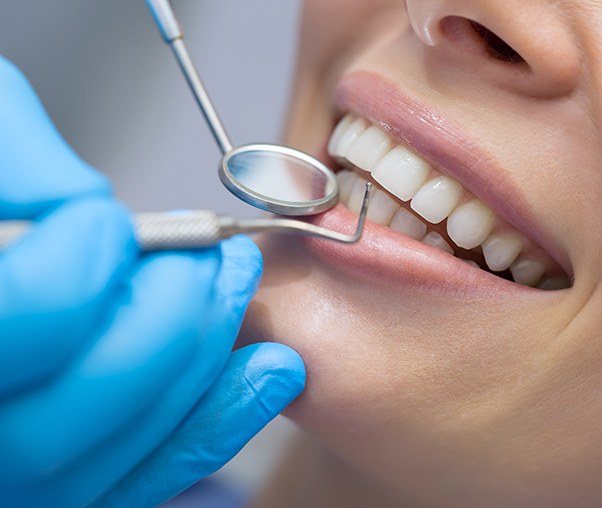
When you are suffering from advanced gum disease, a regular cleaning simply won’t be enough to help you restore your oral health. Instead, a deep cleaning consisting of scaling and root planing will need to be performed. Scaling is the process of removing plaque and tartar from underneath the gums while root planing involves smoothing out the rough surfaces of the tooth roots so that bacteria cannot attach themselves as easily to them later on.
Learn More About Scaling and Root Planing
Chao Pinhole Technique
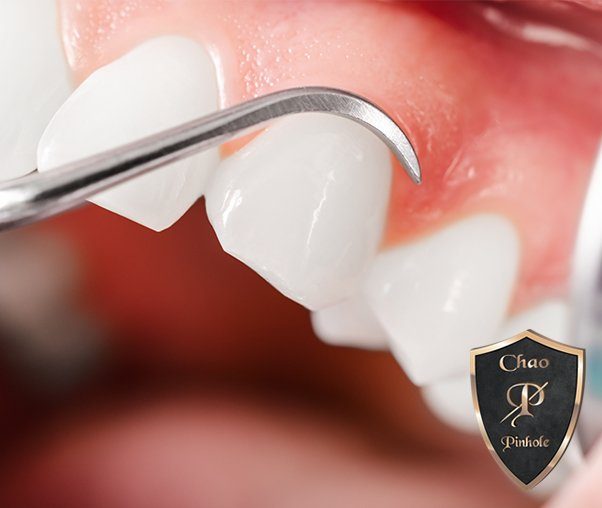
One side effect of gum disease is that the gum tissue pulls away from the tooth, exposing the roots. In order to reverse this damage without the need for invasive surgery, many dentists are making good use of the Chao Pinhole Technique. We simply make a small hole in the gum tissue with a needle. Then, after loosening the tissue with special instruments, we can move it so that it fully covers the exposed root structure.
Learn More About Chao Pinhole Technique
What Is Gum Disease?
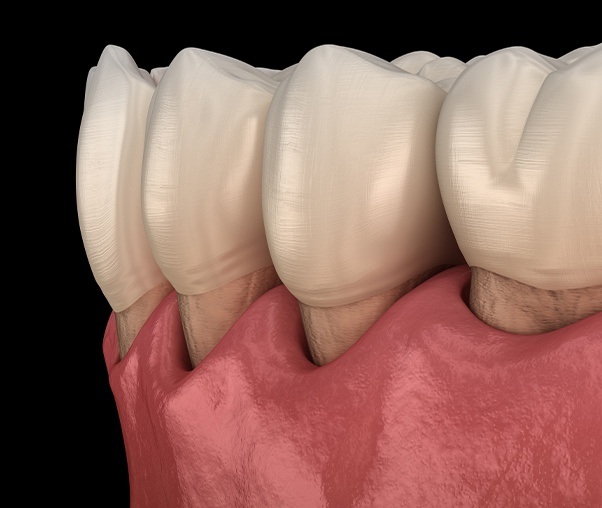
Gum disease is also sometimes called periodontal disease. It can occur when there is bacterial growth in your mouth. Some forms of gum disease are milder than others, but sooner or later the condition could end in the loss of your teeth due to the destruction of the tissue that holds them in place. When gum disease first develops, it is known as gingivitis. Once it reaches its more advanced stages, it is referred to as periodontitis.
Gingivitis vs. Periodontitis
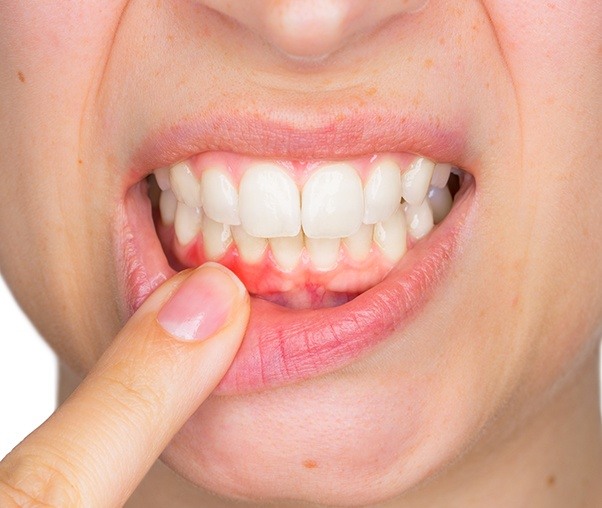
During gingivitis, the bacteria in plaque build up, causing inflammation in the gums. You’ll likely notice that your mouth bleeds more easily while brushing and flossing. Gingivitis is comparatively mild and involves no irreversible damage. However, if gingivitis is left untreated, it can turn into periodontitis. At this point, the inner layer of the gum and bone will start to pull away from the teeth, forming pockets that can easily become infected. Periodontitis carries a high risk of tooth loss when ignored.
Causes of Gum Disease

The main cause of gum disease is plaque buildup that occurs due to poor oral hygiene. There are other factors to take into account as well, however, such as:
- Hormonal changes that make the gums more sensitive during pregnancy or puberty.
- Illnesses such as cancer that weaken the immune system and leave you vulnerable to infection.
- Medications that dry out the mouth and reduce the level of cleansing saliva.
- A family history of dental disease.
Symptoms of
Gum Disease
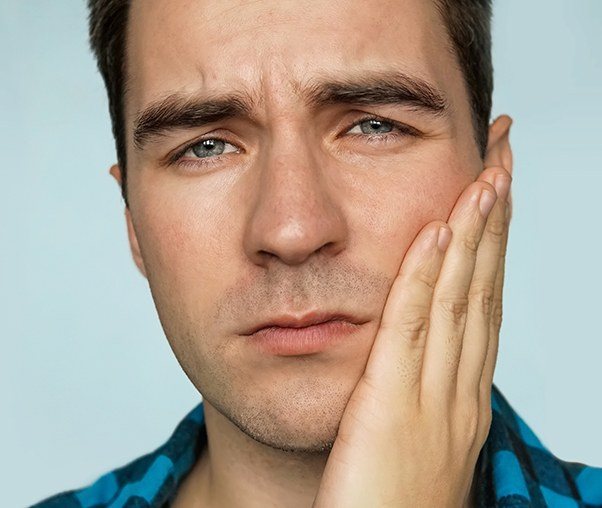
Some people may not notice any symptoms of gum disease until the later stages, meaning your best option for catching it early is to visit us for a checkup twice a year. That said, symptoms do often appear in the form of bleeding gums, redness and swelling, persistent bad breath, visible gum recession, the formation of deep pockets between teeth and gums, and loose or shifting teeth. As soon as you notice any of these potential warning signs, get in touch with us to schedule an appointment.
Gum Disease
Treatment Options
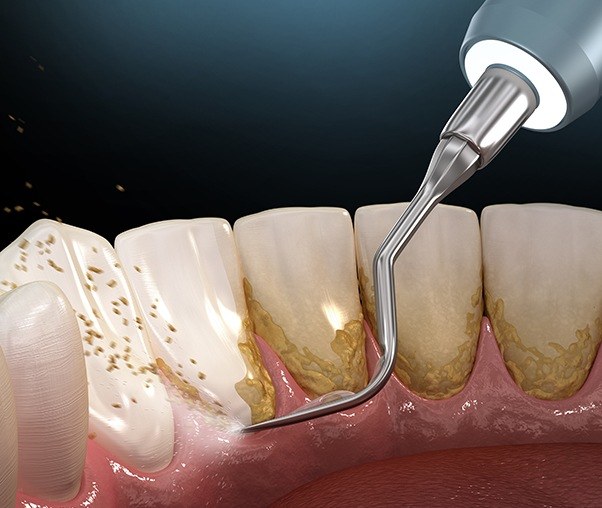
There are several goals with gum disease treatment. Not only do we need to stop the progression of the disease and get rid of existing bacteria, but we also need to help the gums reattach to the teeth and reduce the risk of future infections. Your treatment options will depend on how advanced the disease is already as well as the state of your overall health. We’ll be sure to describe your options to you in great detail so that you understand what needs to be done to save your smile.
Gum Disease Prevention
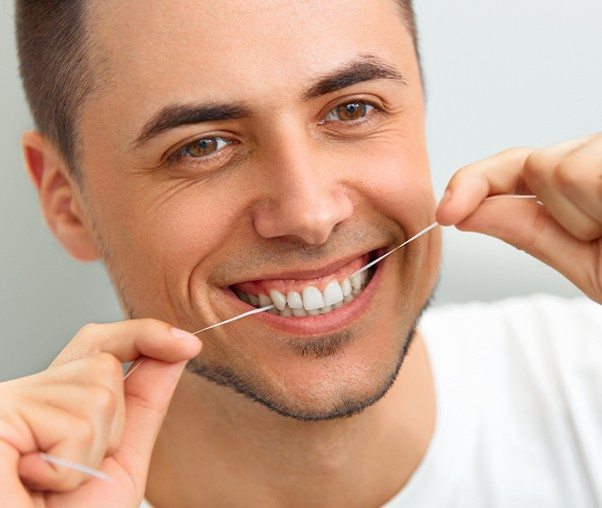
- Brush thoroughly at least twice every day to remove the plaque from your teeth and gum line.
- Floss on a daily basis to get rid of the food particles and bacteria that are hiding in the spaces between the teeth that a toothbrush can’t reach as easily.
- Use an antibacterial mouth rinse to reduce the overall bacteria levels in your mouth.
- If you notice the warning signs of gingivitis, schedule an appointment for a thorough cleaning right away.
Consequences of
Gum Disease
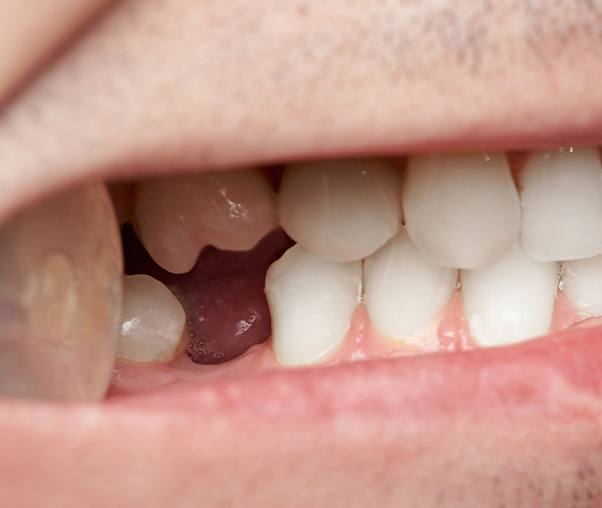
If you don’t have your gum disease treated in a timely manner, you run the following health risks:
- Losing your teeth once the tissues holding them in place are gone.
- Suffering from an increased chance of heart disease due to the inflammation of gum disease spreading to the cardiovascular system.
- More severe damage from preexisting diabetes (which, in and of itself, can make you more likely to suffer from gum disease in the first place).
Gum Disease Frequently Asked Questions
Do you have any other questions about gum disease or how to handle it? Let us know! We want all of our patients to be able to take control of their oral healthcare, and that means making sure they stay well-informed about the oral health issues they might experience. Here are some common questions that a lot of patients bring to us when it gums to gum health.
Unfortunately, no. Once the gums have become infected, the body won’t be able to get rid of the problem by itself. That said, gum disease can be treated rather easily in its earlier stages simply by having a professional cleaning performed and practicing good oral hygiene. In short, if you have gum disease, you need to make an appointment as soon as possible.
In many cases, they can. Studies indicate that up to 30% of the population might have some form of genetic susceptibility to gum disease. These people could be up to 20 times more likely to suffer from the condition. What’s more, said susceptibility could be inherited. If there was someone in your family who struggled with gum disease, it’s a good idea to be extra vigilant against the warning signs of gum disease.
Serious gum disease tends to be rarer among young children, but it’s still very much possible for them to suffer from the problem no matter their age. Be on the lookout for early warning signs such as bleeding in the gums.
Simply being near someone with gum disease won’t put you at risk for it. However, there might be a chance that the infection could be passed between people through contact with saliva. Avoid contact with saliva with anyone you already know to have gum disease. Also, never share a toothbrush with anyone under any circumstances.
What makes periodontitis so dangerous is that the damage it causes generally cannot be reversed. Any gum or bone tissue that is lost will not grow back naturally. The goal of treatment is to stop the damage from spreading any further.
While gum disease can sometimes cause pain, most of the time there is no noticeable discomfort. If the inflammation is particularly severe, you might notice some pain while flossing.
Smoking can substantially increase your risk for gum disease by restricting the blood flow to your gums. This hurts their ability to heal and protect themselves from infection. Also, smoking increases the production of cells in your body that break down gum tissue and bone, which can worsen the effects of gum disease that is already in progress.
